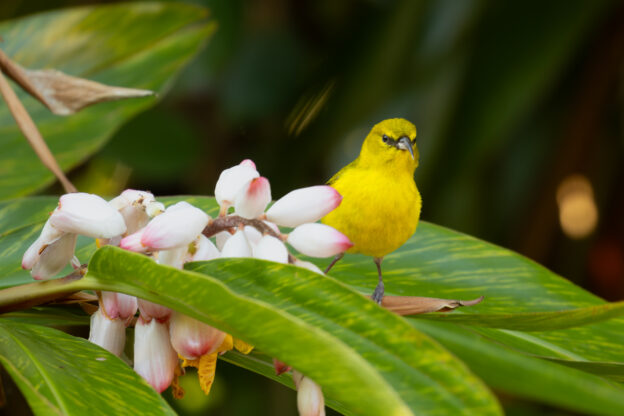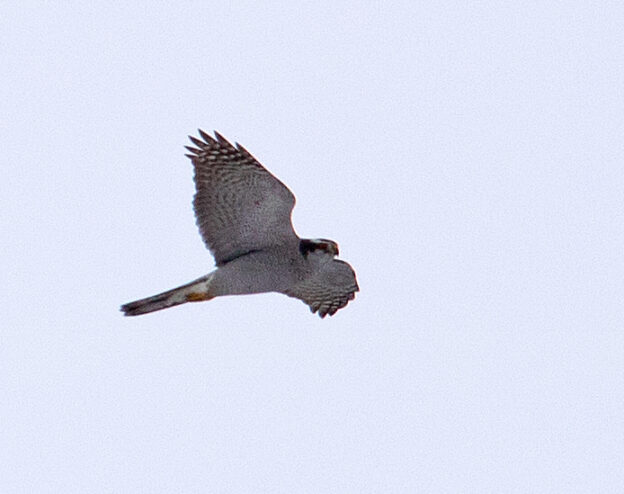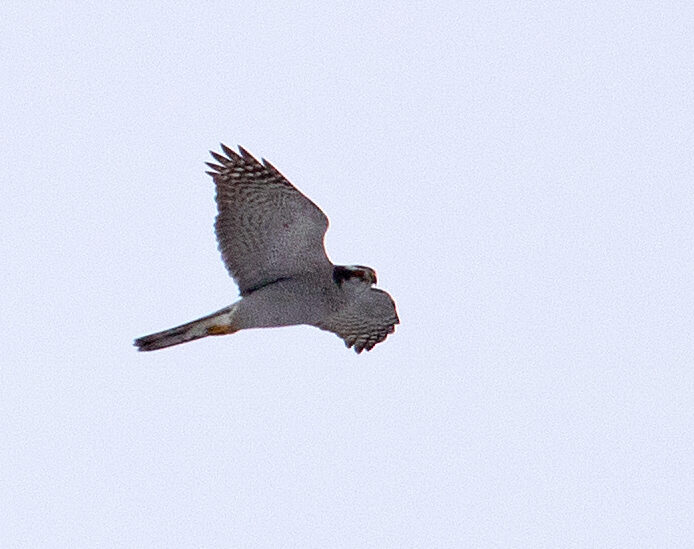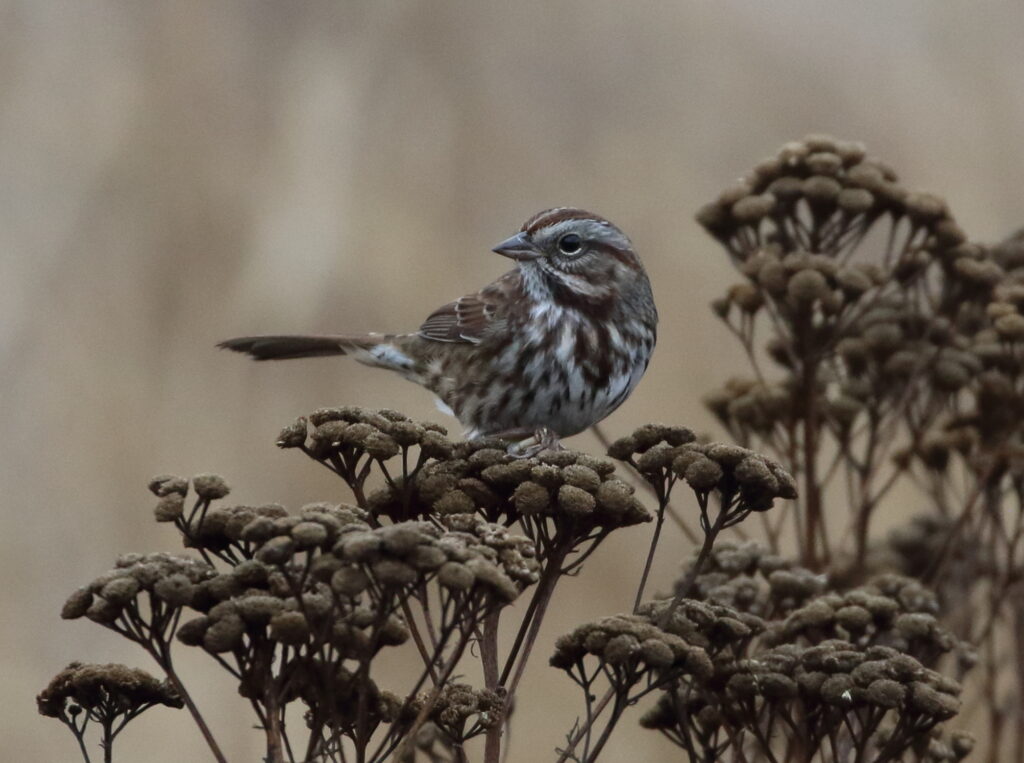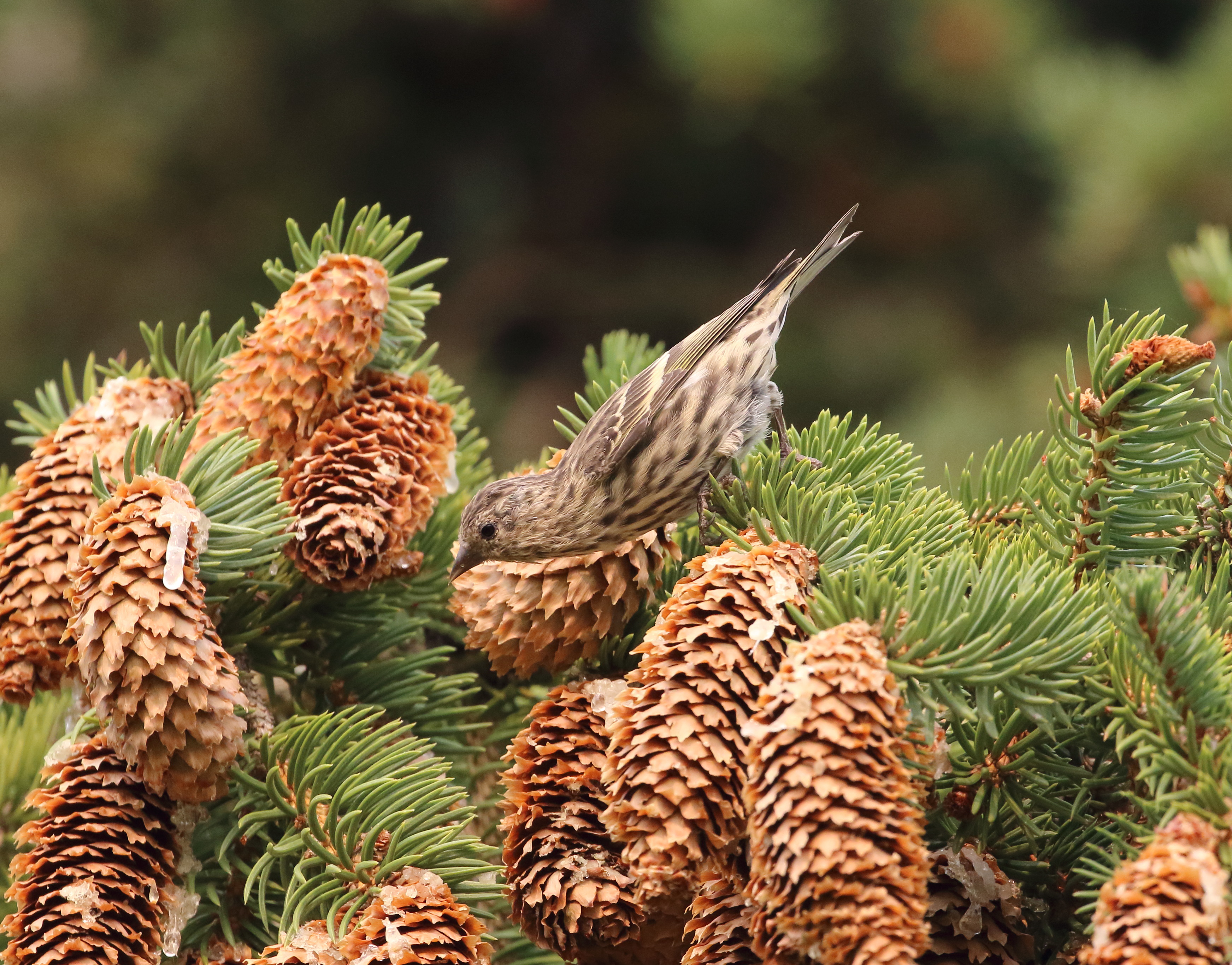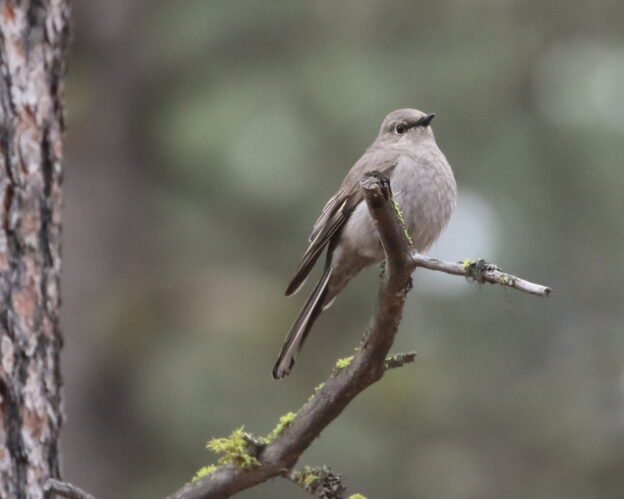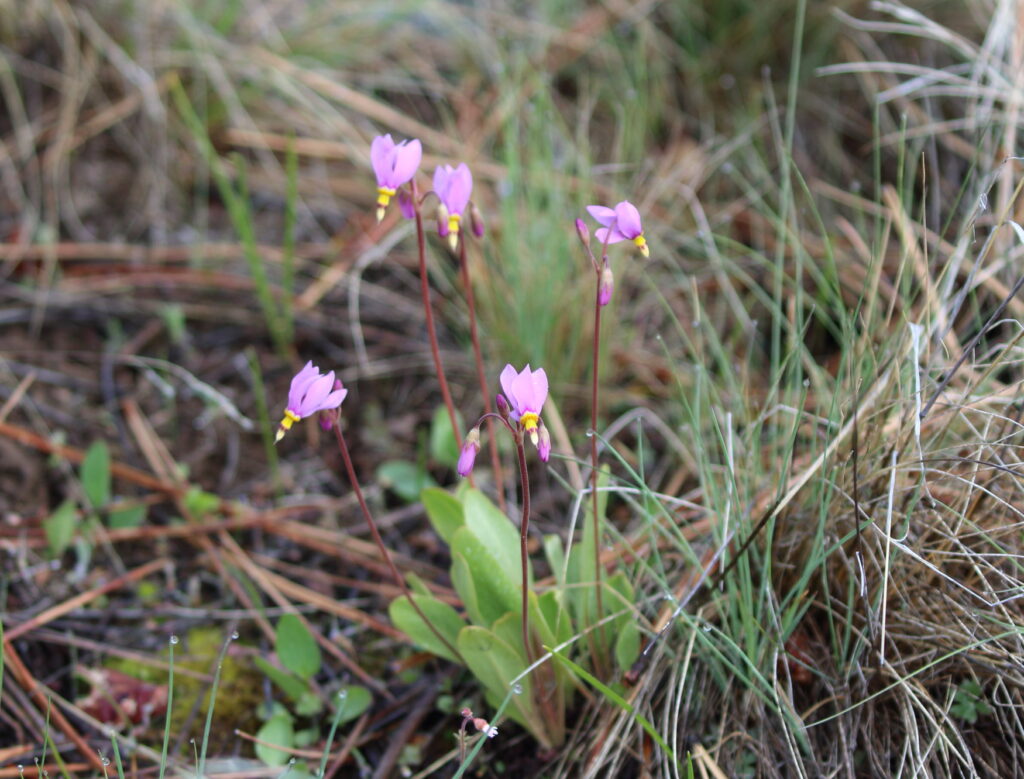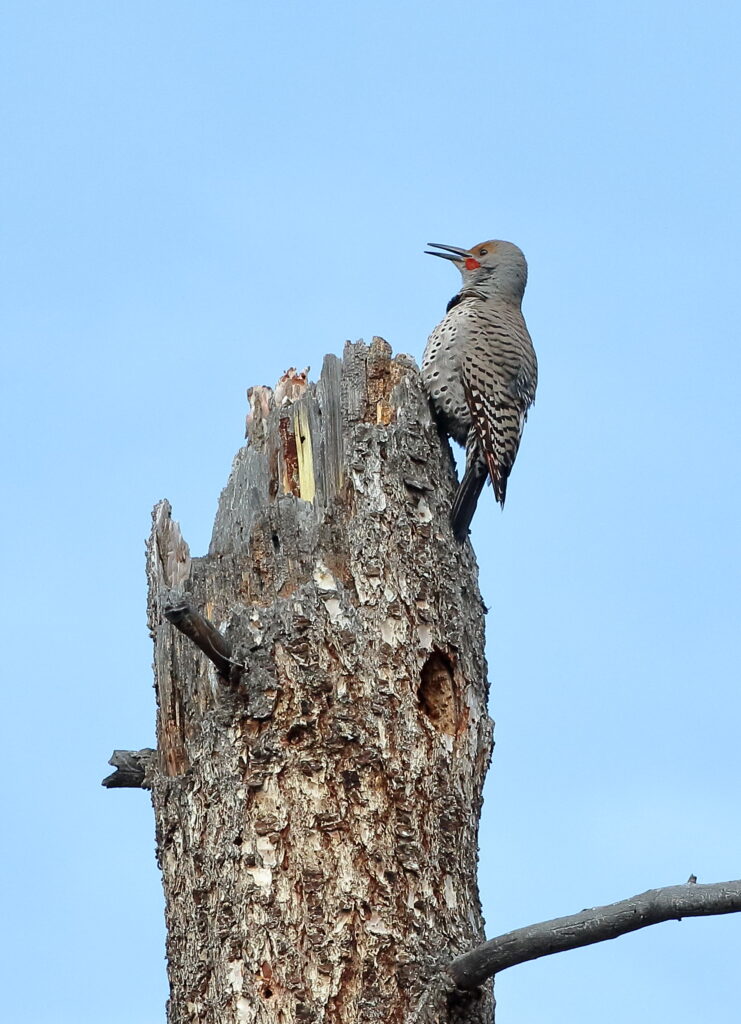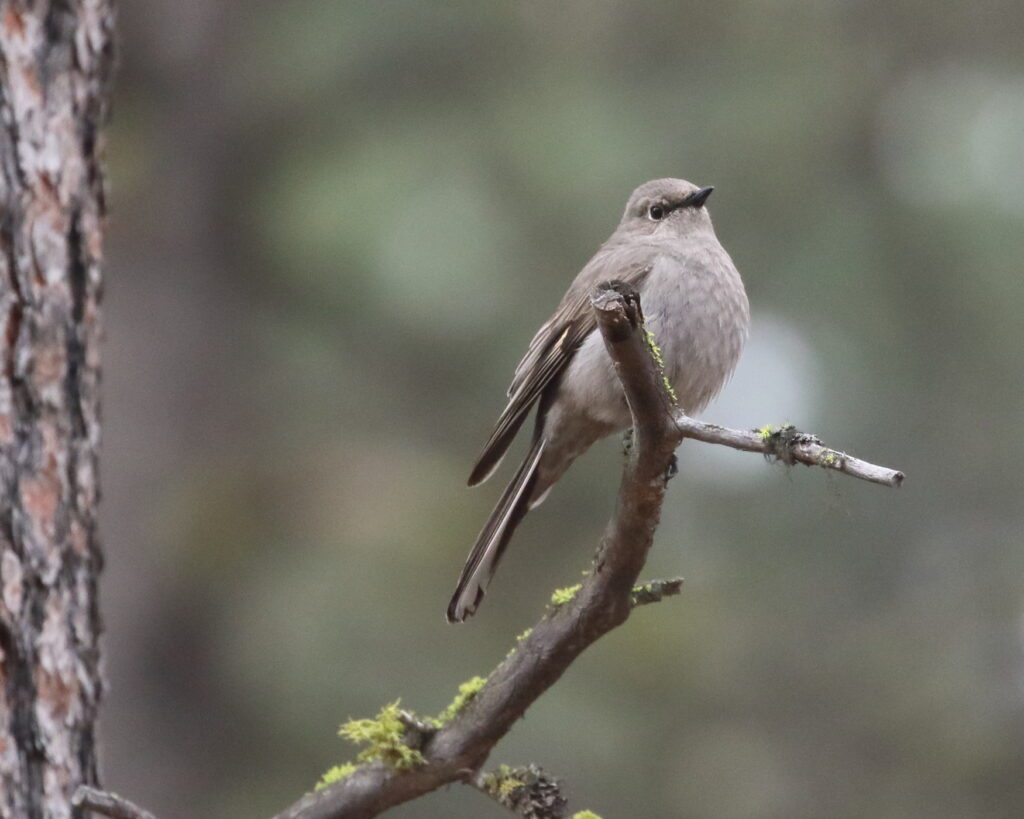Following Memorial Day, it is fitting that FSB presents a wonderful guest birding post about Hawai’i by Roger Kohn. For many Americans, World War II began in Hawai’i and left few families untouched by the experience. Roger’s dad served in the Navy during the war, and both of my grandfathers (Braden’s great-grandfathers) served in the Pacific. Meanwhile at home, my grandmother and great aunt worked in the huge Pratt & Whitney aircraft engine plant in Kansas City. As we honor all who served, I can’t help wonder how astonished our veterans would be to see peacetime Hawai’i today—a peace won by their commitment, intelligence, and sacrifice.
“I’m just going out there to hang out with my brothers, sip a few local beers, and eat good seafood”, I told Sneed in a February phone call. “Of course I’ll bird some, but it’s not really a birding trip.” I had made plans for what I called The Brother Summit. My California brother and I would go to Honolulu in April and visit our other brother, a Hawai’i resident. “Every trip is a birding trip,” Sneed quipped. I immediately knew he was right.

Although I wanted to see as many birds as possible, I faced some built-in barriers. My brothers are not birders and I would not have a car, so I would have to find creative ways to get to some good birding hotspots. One way was to book a tour with a bird guide. I knew this was my only chance to see two Oahu endemic species (found nowhere else in the world, including other Hawaiian Islands): the Oahu Amakihi and the Oahu Elepaio.
On the first morning of the trip, my guide and I ascended the Koʻolau mountains that tower above Honolulu. Our first stop? A roadside spot for seeing the Oahu Amakihi, a bright yellow honeycreeper and our first Oahu endemic target. As we searched for the Amakihi, we picked up two dove species (Spotted and Zebra, both very common), Red-vented Bulbuls, the omnipresent Red-crested Cardinals and Rose-ringed Parakeets (an invasive species considered a pest in Hawaii due to its impacts on agriculture, but I must confess, fun to see). I also saw my first Warbling White-eye of the trip, a Lifer for me. (For some fun perspective on this and other widely-introduced species, also Sneed’s Japan posts such as “Birding Japan: Tokyo, Part I” and Braden’s and Sneed’s post, “Layover Birding in Amsterdam.”)
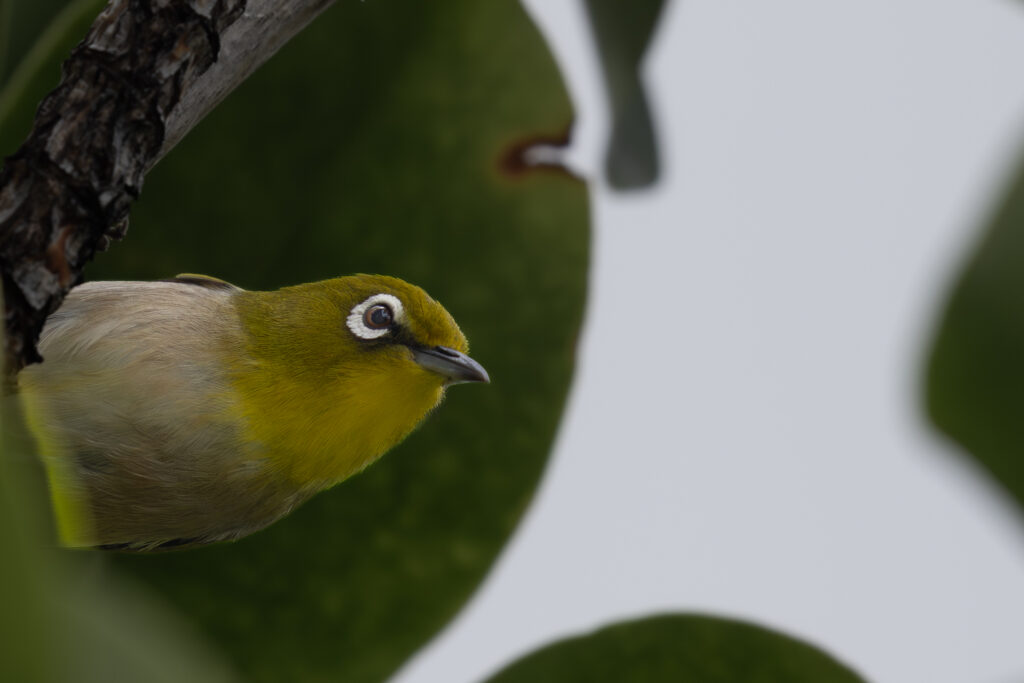
After a while, the guide spotted our target bird feeding in a ginger plant at the edge of the road, and we enjoyed good looks. The Oahu Amikihi is a beautiful bird, and the first honeycreeper species I’ve ever seen. The species is designated “near threatened” in eBird, so I felt very fortunate to see it. With this success under our belts, we headed down from the mountains, pausing at a viewpoint to take in epic views of Honolulu, with its skyscrapers and Diamond Head (the volcanic feature that looms over the city), backed by the deep blue waters of the Pacific.
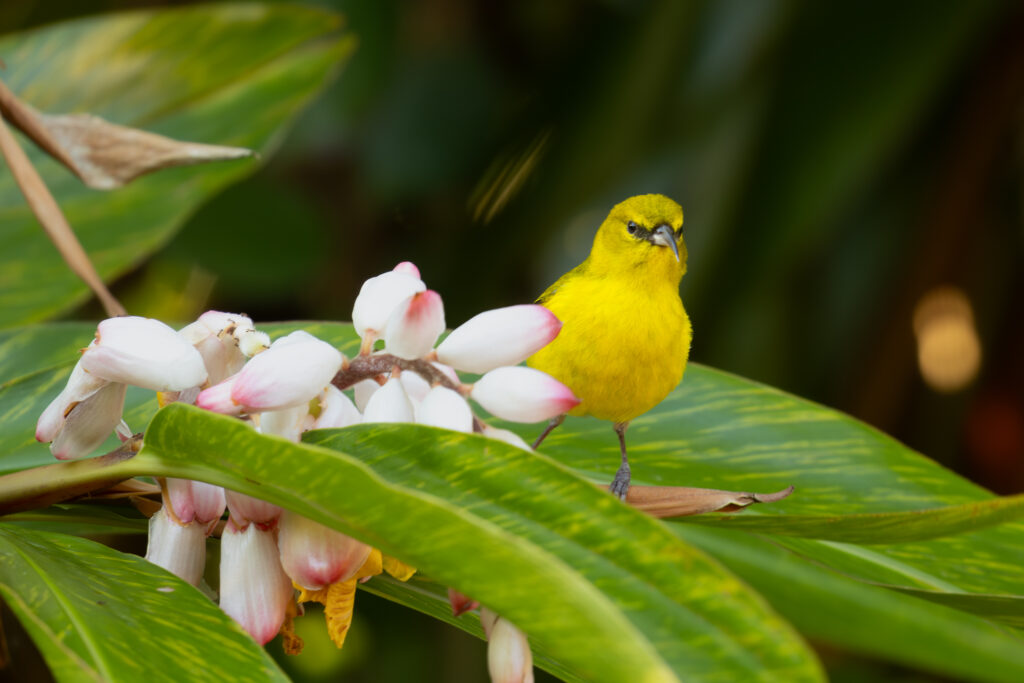
Our second stop was a forest trail with the goal of locating the Oahu Elepaio. This proved difficult, and at one point we had been trying for at least an hour and half without success. Finally, as we made our way back to the trailhead, the guide spotted two or three individuals in bushes near the trail! We did not have good looks at the birds, which moved rapidly and offered us only brief, very filtered views as they flitted among the bushes. This flycatcher species is not much to look at, brown on top and white-ish underneath. But this Oahu endemic is listed as “vulnerable” in eBird, and once again I was grateful for the chance to see a rare Hawai’ian species.
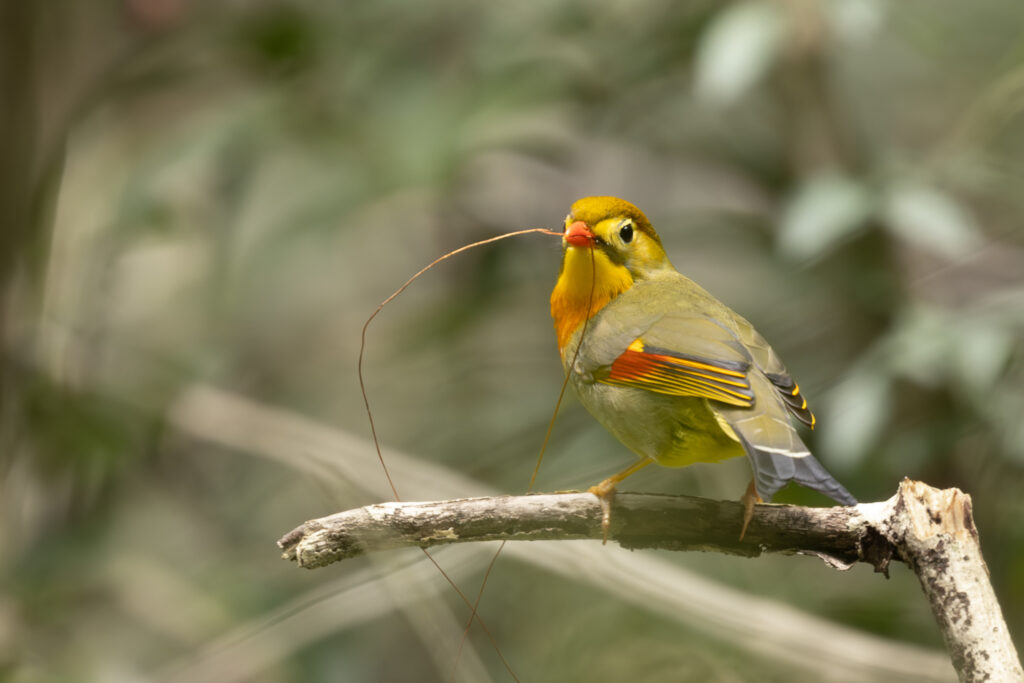
The next day, I got my first good looks at a Pacific Golden Plover on somebody’s front lawn. In breeding plumage, this plover species is quite striking, with a black belly and face, a thick, clean white stripe down the side of the neck, and brown, white, and shiny gold patches on the back. I would subsequently see this species all over town in any available stretch of green space, from small lawns to big city parks. Their migration to Alaska loomed, so my April visit proved ideal.
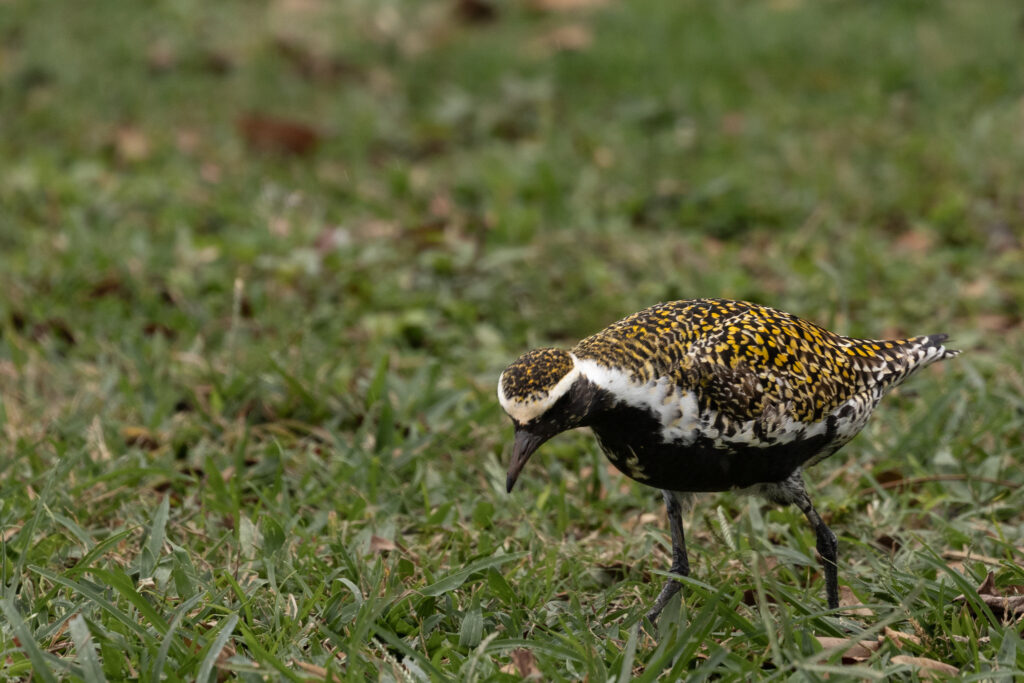
Fast-forward a couple of days, and I was thrilled to get a chance to score some seabird Lifers. I had a big gap in my life list, with no shearwater, tropicbird, noddy, or booby species. However, during my pre-trip study, I came across a hotspot where many of these species could potentially be seen: the Japanese Fishing Shrine, on the southeastern coast of Oahu. This hotspot is literally just a shrine on a hunk of lava rock that juts out into the sea. There is nowhere to walk, so whatever birds I would see would have to come to me. One species that I particularly wanted to find was the Red-tailed Tropicbird, an elegant white seabird with a red bill and long red tail streamers. Not long after I arrived, I got my target, as four or five Red-tailed Tropicbirds traced large circles in the sky. At first, they were pretty far away, but as time went on their flight paths kept coming closer and closer to me and I was able to see them up close and capture great photos. A Lifer, and a spectacular one at that! In between tropicbird sightings, I scanned for other species and managed to pick up a pair of Sooty Terns, another Lifer, flying low over the ocean in the distance. Rendezvousing with my brothers, we headed to Kona Brewing, where they helped me celebrate my seabird treasure with a couple of rounds of delicious seasonal beers at the bar, with sea breezes whooshing around us in a pretty marina setting.
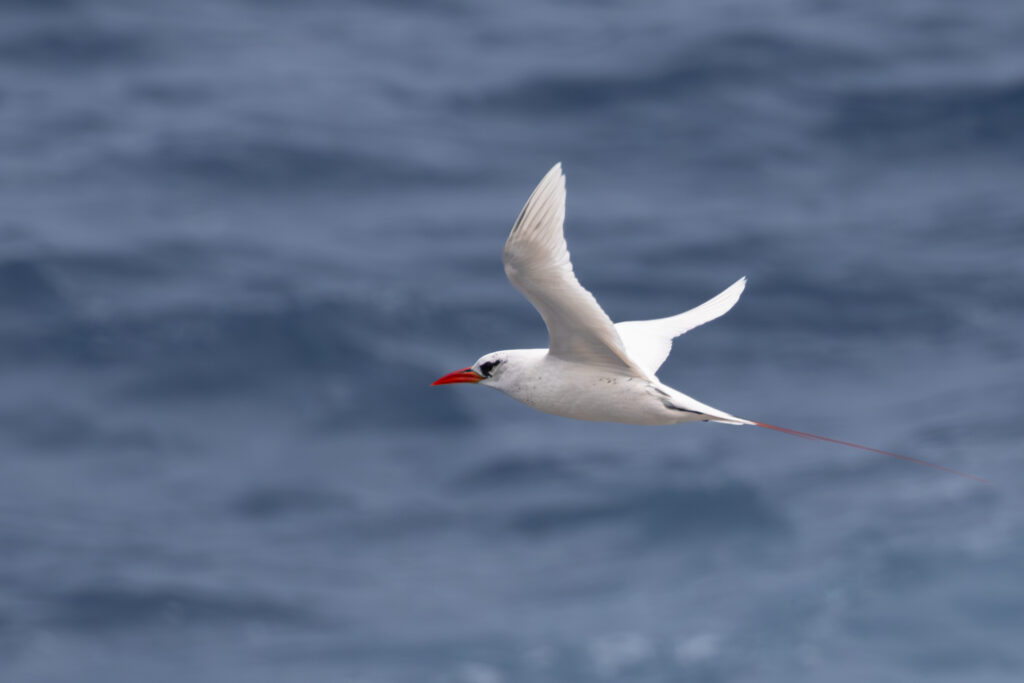
One area that piqued my interest was the wetlands near Kailua, on the southeastern coast. After a pretty, 25-minute drive on the Pali highway and a superb lunch of a grilled mahi mahi sandwich and guilt-free fries (highly recommended!), my brothers dropped me off at Kaha Park. This is the starting point for exploring the Kawainui Marsh Wildlife Sanctuary, a delightful spot graced with abundant water and velvety green mountain views. Right away, I was rewarded with up-close views of Common Gallinules, including a super cute youngster that would melt the heart of even the most jaded observer.
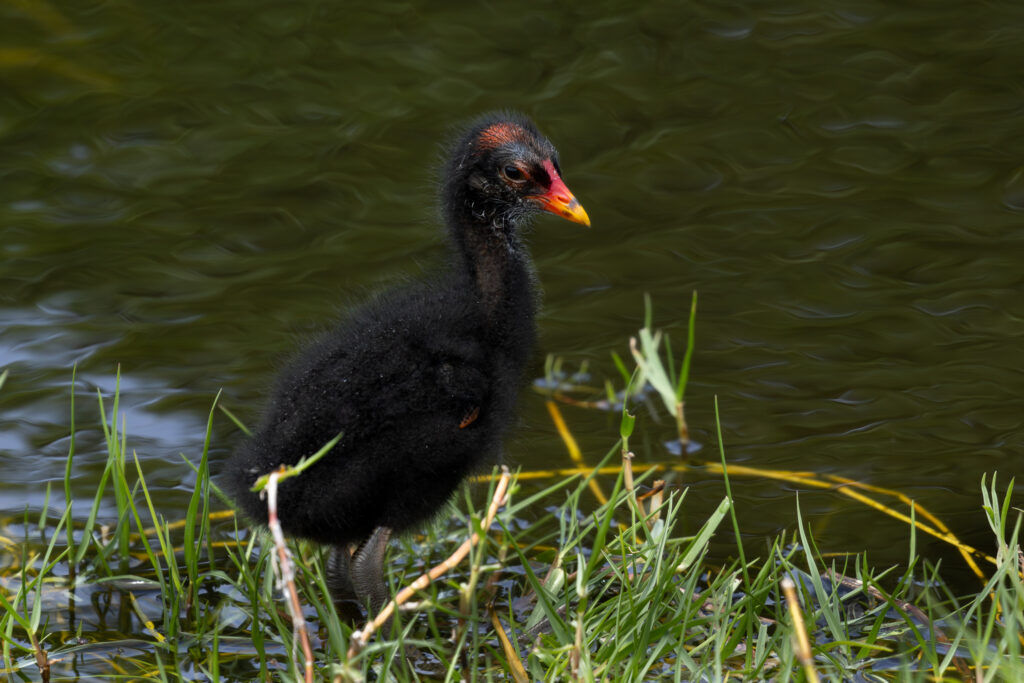
As I continued walking, I got good looks at both bulbul species (Red-whiskered and Red-vented), Common Waxbills, and Northern Cardinals. In the grasses, I saw another Lifer: a Scaly-breasted Munia, a songbird with rich chestnut hues above and an attractive and well-defined scaly pattern on the belly. Another introduced species (native to India and southeast Asia), this was another Lifer for me.

As I returned to the trailhead, someone pointed out a Black-crowned Night Heron, which I had missed as it stood as still as a statue in the water a mere 50 feet away from me. While I waited to be picked up, I scored yet another Lifer, Java Sparrows (which are actually finches, so I wonder what genius named them Sparrows?), which were foraging in a grassy field nearby. In an hour and a half, I had picked up three Lifers, which I celebrated with my brothers at Lanikai Brewing. The parking lot for the brewery faces a pretty stretch of Hamakua Marsh, where I was delighted to pick up another Lifer, Hawaiian Coot, and see Black-necked Stilts for the only time on the trip. Bonus brewery birding, woohoo!
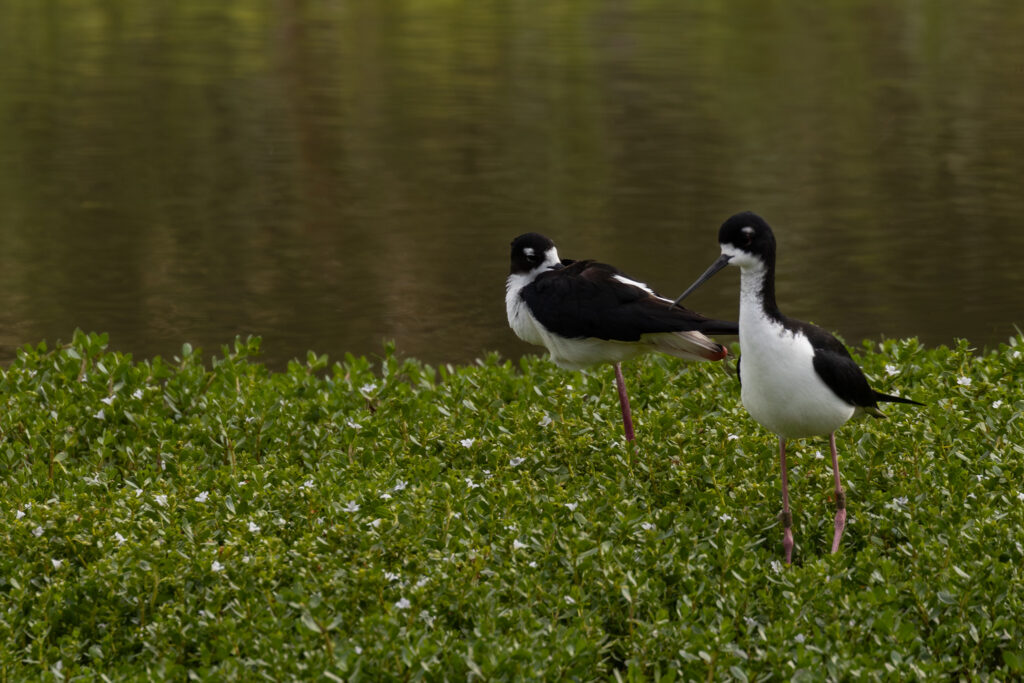
Another trip highlight was finding a small flock of Yellow-fronted Canaries, a boldly patterned bright yellow finch native to Africa, in a waterfront park. I had assumed I’d have to head up into the mountains or to some specific hotspot to find this species. Yet here they were, busily calling and feeding in a park amidst the hubbub of Waikiki. I also got brief but spectacular views of a Red-billed Leiothrix in all its multicolored glory, which I had barely seen on the guided tour, in the Makiki Forest Recreation Area. Bird of the Trip honors is a tough call, but I’d say it’s a toss-up between this species and the Red-tailed Tropicbird.
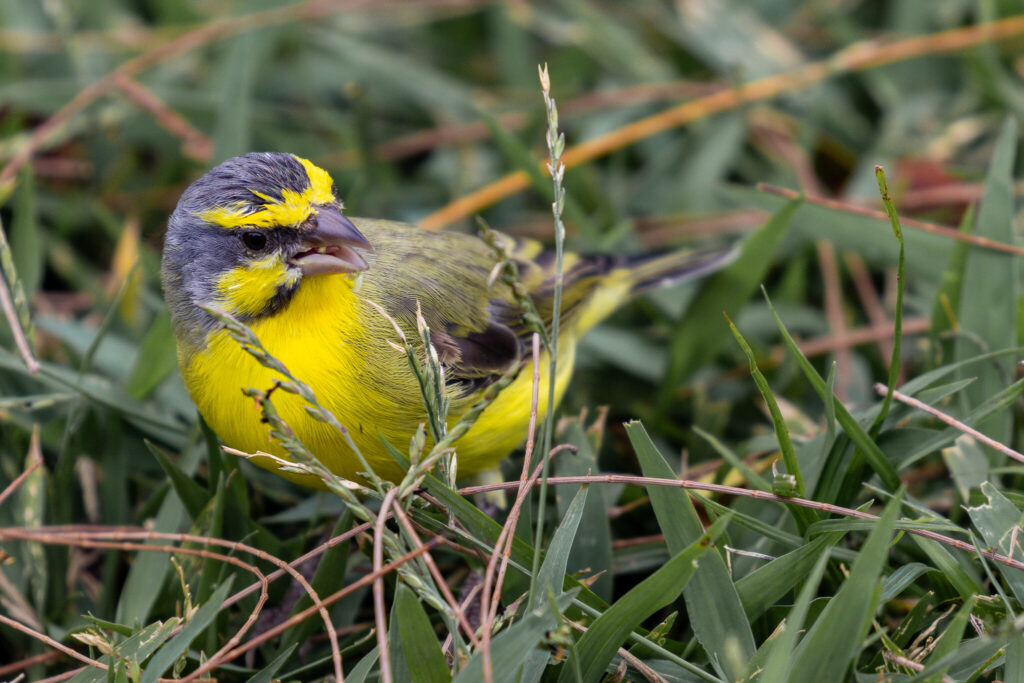
As of mid-May, according to eBird, 108 species have been reported in Honolulu County (encompassing the entire island of Oahu) so far this year. In a nine-day trip in which birding was only one of several priorities, I managed to see 31 species. Seventeen of those were Lifers, which far exceeded my expectations. With determination and a little help from my brothers, I had an excellent birding trip to Honolulu. Indeed, in the words of a wise blogger I know, every trip is a birding trip.
Our Bend, Oregon-based correspondent, Roger Kohn traces his birding obsession to a November 2016 Sneed visit to the Bay Area and considers Sneed his birding mentor. Though grateful for that, he sure wishes Sneed would increase his consumption and appreciation of craft beer. (Editor’s Note: I’m not sure what Roger is complaining about. I have been known to drink up to two beers a month!)
For more on birding Hawai’i, see Braden’s post “Hawai’i: The International Jungle.”
All photos copyright Roger Kohn.

